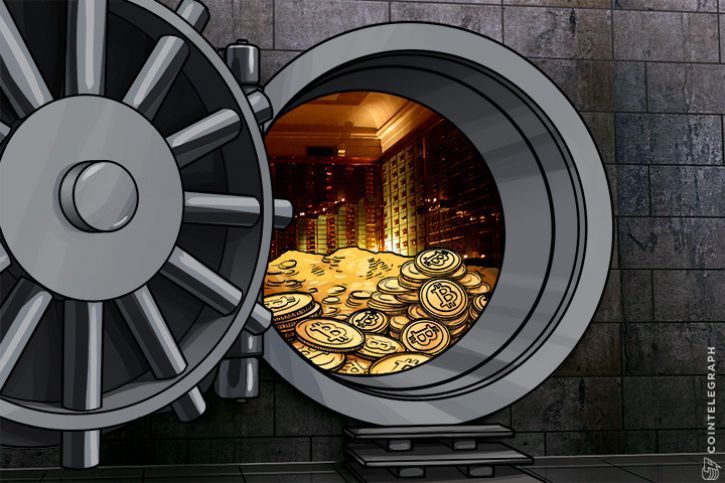In the current era of Blockchain evolution a new concept has emerged: tokenization. Tokenization is an intrinsic part of the Blockchain technology that serves the purpose of platform identification and accessibility.
The power of tokens
Every Blockchain platform is powered by tokens, sometimes also referred to as “coins.” Bitcoin is a token, as is Litecoin, Dash, and other currencies that function over a Blockchain. While tokens can represent money, as in the case of the above, they can also represent other things.
The demand for a particular Blockchain product is usually the main determinant of the value and eventual market price of its token. This is why there is a variation in the prices of different altcoins in the Blockchain environment. For example, Bitcoin is more readily accepted by merchants than Litecoin, and is consequently more valuable.
The force behind Ethereum
Ethereum, despite coming after many older altcoins, remains the third most valuable cryptocurrency in existence behind only Bitcoin and the its recent fork, Bitcoin Cash.
Ethereum’s value is largely determined by the demand for its platform by distributed application (dApp) developers. Many of these developers issue tokens to grant access to their services, essentially building their own Blockchains atop Ethereum’s platform. In many cases, developers pre-sale their tokens as part of an initial coin offering (ICO), and they usually accept Ethereum’s token “ether” as payment.
In essence, the organic value of a given token or cryptocurrency is determined not just by the functionality, but the demand for its Blockchain product.
Blockchains and their tokens
There are numerous Blockchain products in existence claiming to offer different solutions to various problems. Many more are still in the development. Below are some examples of Blockchain products and what they do:
Steemit
Steemit is a social network that rewards users who participate in various ways. The Steemit token is called STEEM. It is used to reward content creators and curators of the best content on the site.
Dash
Dash, which stands for “Digital Cash,” is a fork of Bitcoin that is fine-tuned for more privacy and instant transactions. The platform’s token is called DASH. Dash is also self-funded through its own Blockchain (a portion of mining rewards fund the currency’s development) and features a working governance model.
ZCash
The token for Zcash is called ZEC. ZCash is a cryptocurrency that grew out of the Zerocoin project which aims to improve anonymity for Bitcoin users. Zcash payments are published on a public Blockchain, but users are able to use an optional privacy features to conceal the sender, recipient, and amount being transacted.
WishKnish
WishKnish is a network of social marketplace communities that allows its users to create storefronts for various kinds of services. The platform also permits individuals interested in discovering products, services and communities that fit their needs. Participation in activities is rewarded in the platform’s local token, Knish.
LAToken
LAToken is an asset tokenization platform that allows users to convert tangible assets such as real estate or precious art works into tokens, thereby making them sellable in fractions. The token that powers the LAToken platform is the LAT.
Tokens are for identity and investment
The above mentioned are just a few of the numerous cryptocurrencies and the platforms that they represent. While the first three are well-established entities that are listed on major exchanges, the others are still in their developmental stages.
The strength and identity of a Blockchain product is most often represented by the characteristics of its token.
However, while these tokens stand as the identity of their respective Blockchains, offering access to the services or solutions provided by their resident platforms, they also double as digital assets and opportunities for investment depending on how much the community values their platforms


